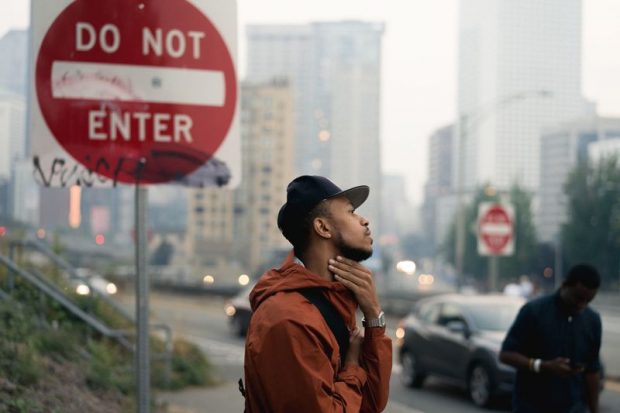What Does Framing Streets Mean?
What Does Framing Streets Mean?
Blog Article
What Does Framing Streets Mean?
Table of ContentsSome Ideas on Framing Streets You Should KnowNot known Facts About Framing StreetsThe Ultimate Guide To Framing StreetsGetting My Framing Streets To WorkFacts About Framing Streets UncoveredOur Framing Streets PDFs
Photography genre "Crufts Pet dog Show 1968" by Tony Ray-Jones Street digital photography (likewise occasionally called honest digital photography) is photography conducted for art or inquiry that includes unmediated possibility encounters and arbitrary events within public places, generally with the aim of capturing images at a crucial or touching moment by cautious framework and timing. 
Everything about Framing Streets
Susan Sontag, 1977 Street digital photography can concentrate on people and their behavior in public. In this regard, the road photographer resembles social documentary photographers or photographers who likewise operate in public locations, however with the goal of capturing relevant occasions. Any of these photographers' photos might record people and property visible within or from public areas, which frequently involves browsing moral issues and regulations of privacy, safety and security, and property.
Representations of day-to-day public life form a category in nearly every duration of world art, beginning in the pre-historic, Sumerian, Egyptian and very early Buddhist art periods. Art taking care of the life of the street, whether within sights of cityscapes, or as the dominant theme, shows up in the West in the canon of the Northern Renaissance, Baroque, Rococo, of Romanticism, Realism, Impressionism and Post-Impressionism.
Some Ideas on Framing Streets You Need To Know
Louis Daguerre: "Blvd du Holy place" (1838 or 1839) In 1838 or 1839 the very first photograph of numbers in the street was recorded by Louis-Jacques-Mand Daguerre in among a pair of daguerreotype sights taken from his workshop window of the Blvd du Temple in Paris. The second, made at the height of the day, reveals an unpopulated stretch of road, while the other was taken at concerning 8:00 am, and as Beaumont Newhall reports, "The Blvd, so regularly filled with a my company relocating bunch of pedestrians and carriages was perfectly solitary, other than a person that was having his boots brushed.
, that was influenced to take on a similar documentation of New York City. As the city created, Atget aided to advertise Parisian roads as a worthwhile subject for photography.

The Of Framing Streets
In between 1946 and 1957 Le Groupe des XV every year showed work of this kind. Andre Kertesz. Circus, Budapest, 19 May 1920 Road photography developed the major material of two exhibitions at the Museum of Modern Art (Mo, MA) in New York curated by Edward Steichen, 5 French Photographers: Brassai; Cartier-Bresson, Doisneau, Ronis, Izis in 1951 to 1952, and Post-war European Photography in 1953, which exported the principle of road digital photography worldwide.

Framing Streets Fundamentals Explained
, then an instructor of young youngsters, connected with Evans in 193839.'s 1958 book,, was significant; raw and typically out of emphasis, Frank's images questioned mainstream digital photography of the time, "challenged all the formal regulations laid down by Henri Cartier-Bresson and Pedestrian Evans" and "flew in the face of the wholesome pictorialism and sincere photojournalism of American magazines like LIFE and Time".
Report this page